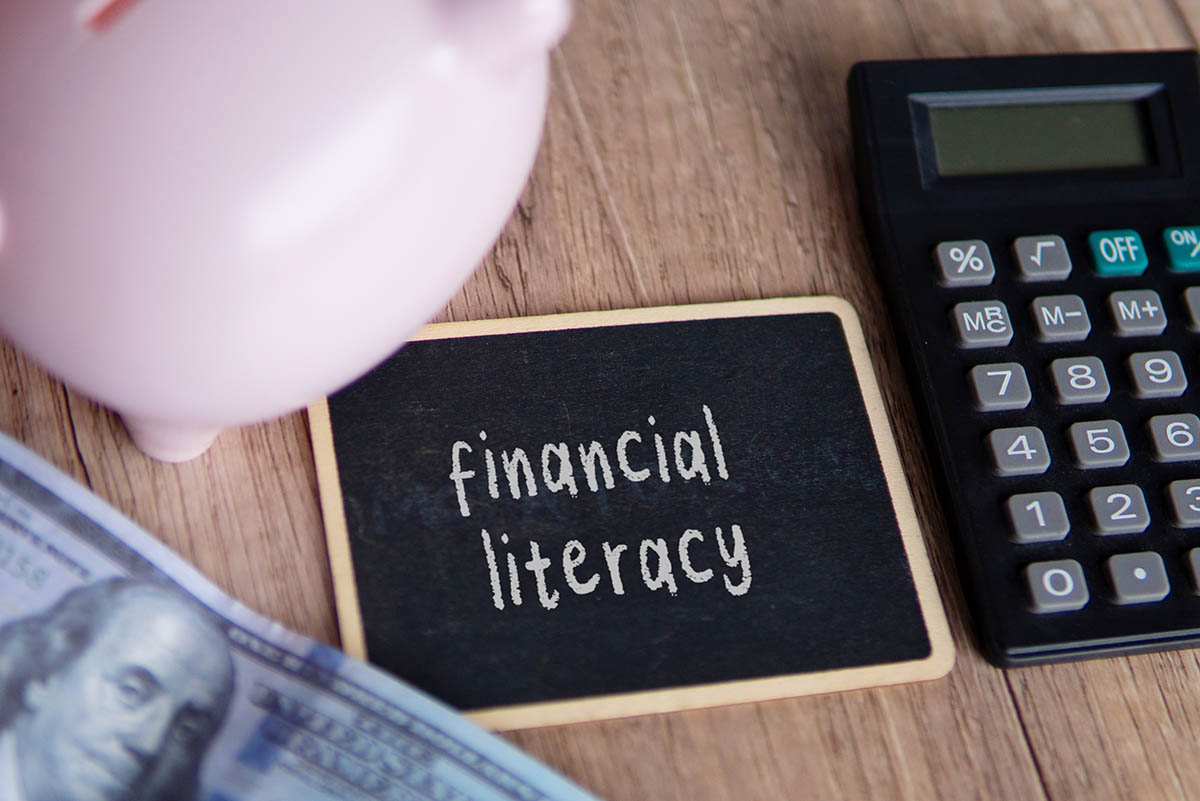 Recent national surveys reveal that basic financial literacy is low in the United States overall—especially amongst racially underrepresented populations.
Recent national surveys reveal that basic financial literacy is low in the United States overall—especially amongst racially underrepresented populations.
According to the U.S. Financial Literacy and Education Commission’s 2021 report, tailoring financial literacy education to specific economic situations is critical. Additionally, having education that helps underserved communities avoid financial exclusion and predatorial credit card offers is always needed.
In response to the nation’s financial literacy deficit, the American Bankers Association Foundation (ABA Foundation) teamed with the National Association of Plan Advisors (NAPA) to enlist some NAPA members, when needed, to help spread financial education in schools across the country.
The ABA Foundation will tap NAPA to aid in educating students across the country on budgeting, financial literacy and retirement options, leaning on NAPA members to share their knowledge.
“At the ABA Foundation, we believe financial literacy is key to empowering students and young adults to achieve their financial goals,” said Lindsay Torrico, executive director of the ABA Foundation. “We’re appreciative that ARA and its members will join us in this decades-long effort to educate students nationwide.”
NAPA members have already jumped at the chance. Jennifer Ingham Shelley from Ingham Retirement Group is volunteering her time for the program.
"Financial education shouldn't start when you get a job," Ingham Shelley says. "No one has taught them how to be financially secure in school, so the opportunity to share my story with these girls was really [an] empowering and beautiful experience."
Ingham Shelley's presentation helped educate students on speaking freely about money and understanding the importance of long-term markets.
"People don't like to talk about money or think it's wrong to want money," she continued. "You can still be loving and nurturing but have your best financial interests at heart and form a basic instinct for survival."
Ingham Shelley touched on the history of retirement savings and what students can do today.
"I had enrollment 101, the history of retirement, the history of social security, pensions—you name it," she added.
Student feedback from Ingham Shelley's presentation displayed its positive effects, with one student noting that even though she isn't investing yet, "Jennifer [Ingham Shelley] did a great job of highlighting the important principles of saving 10%."
Another student said the presentation was the first "real" exposure to financial literacy and that "advice about paying off credit card debt each month" was especially helpful.
The communities seeing the widest gap in financial literacy are Black, Hispanic and Native Americans. Especially in retirement planning, Black and Latino workers report lower participation rates in retirement plans, with 53% of Black employees and 45% of Latino employees participating, according to a recent Voya Financial study.
It's compared to a 66% participation rate among White workers and 62% among Asian Americans. Average account balances reflect similar disparities, with White and Asian American savers having higher balances than their Black and Latino counterparts: Whites at $99,000, Asian Americans at $86,000, Blacks at $45,000, and Latinos at $43,000.
For NAPA members Andy and Bill Bush of Horizon Financial Group, the opportunity to teach financial literacy in their own Louisiana backyard just made sense. Louisiana has one of the worst personal income growths among all states.
"[For the kids to] just to have someone come in and talk about those topics at an early age, you could see the value and importance to that," Bill Bush said when describing his, as well as his brother's, goals for their presentation. "Everything starts with budgeting—then use those skills for paying for college, then leverage that into careers in finance."
Brother Andy agreed and added the importance of teaching financial behavior and the math behind saving.
"It comes down to mainly how you behave and then understanding the Xs and Os, right?” He said. “The math of financial planning is easy. It's the behavior that gets people in trouble, and so that's what I would really want to impart is, 'Hey, here are the simple things that help you understand the ABCs [of finance].'"
Andy and Bill Bush will take their advice directly to the classroom by conducting a financial literacy presentation for parents and students ages eight to 18 in a Baton Rouge, La. school.
The ABA Foundation will call upon ARA members when opportunities arise in different cities each year. NAPA members will then help in preparing and educating students in their communities.
NAPA members interested in participating in the program can contact Madison Oakley for more information.

